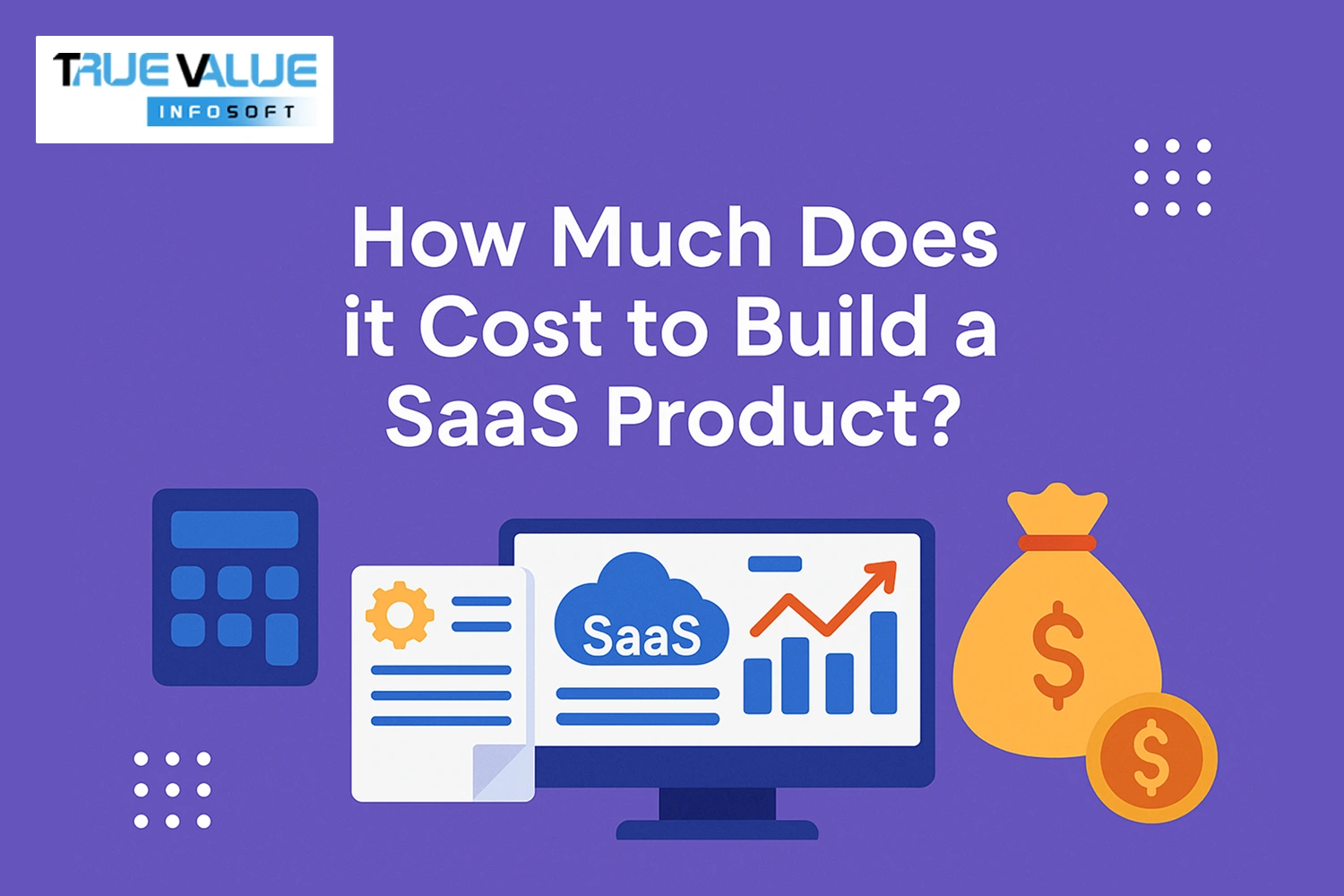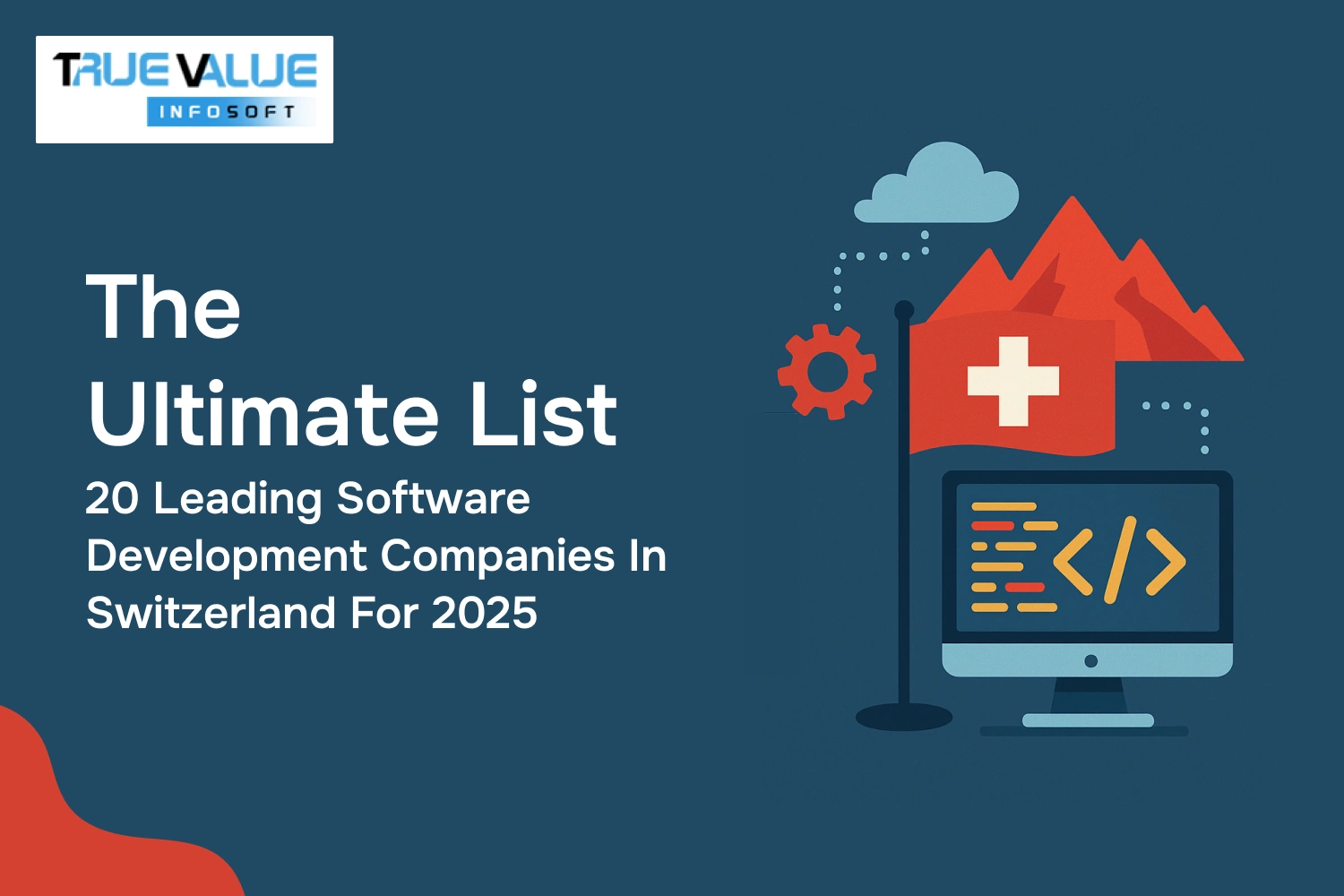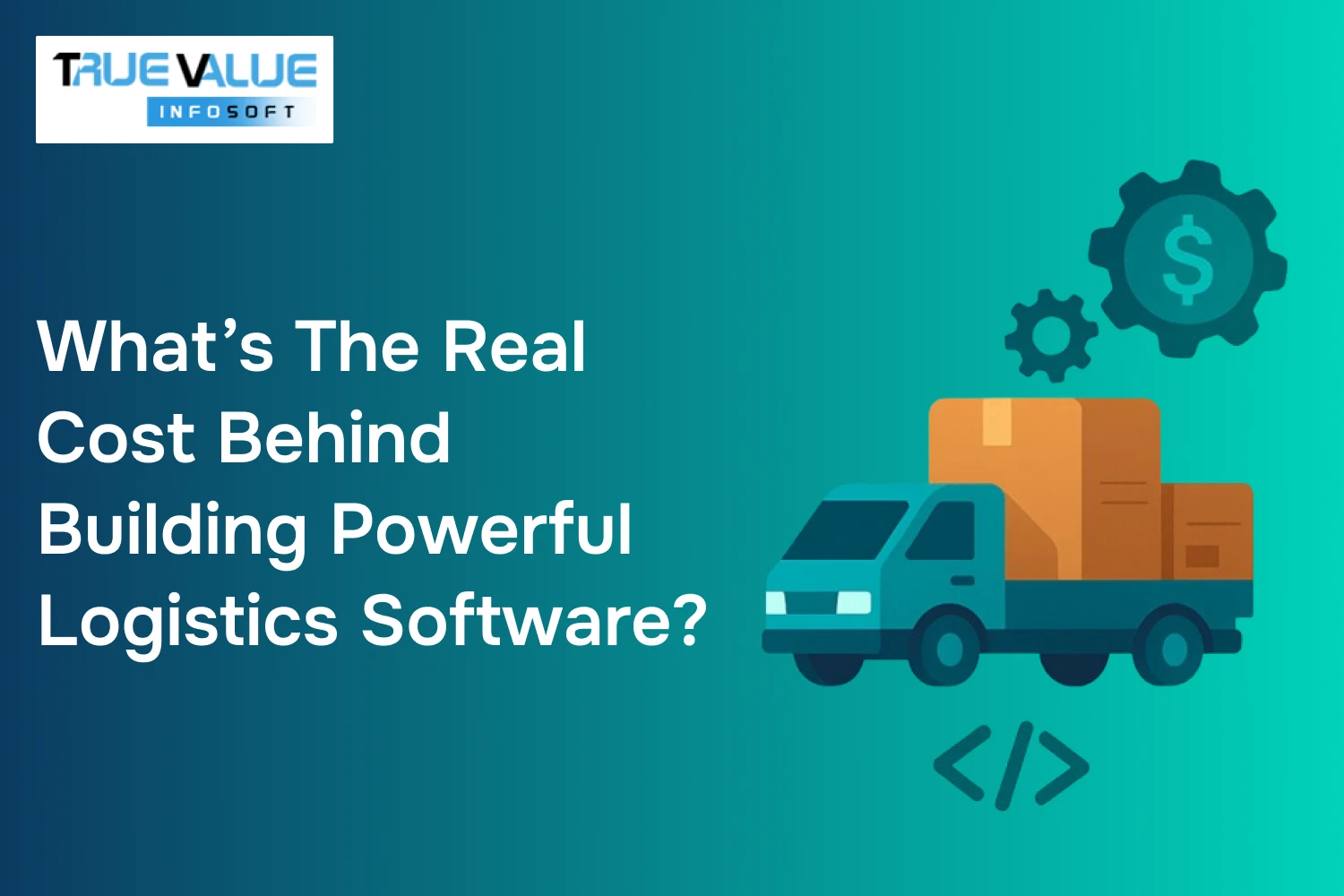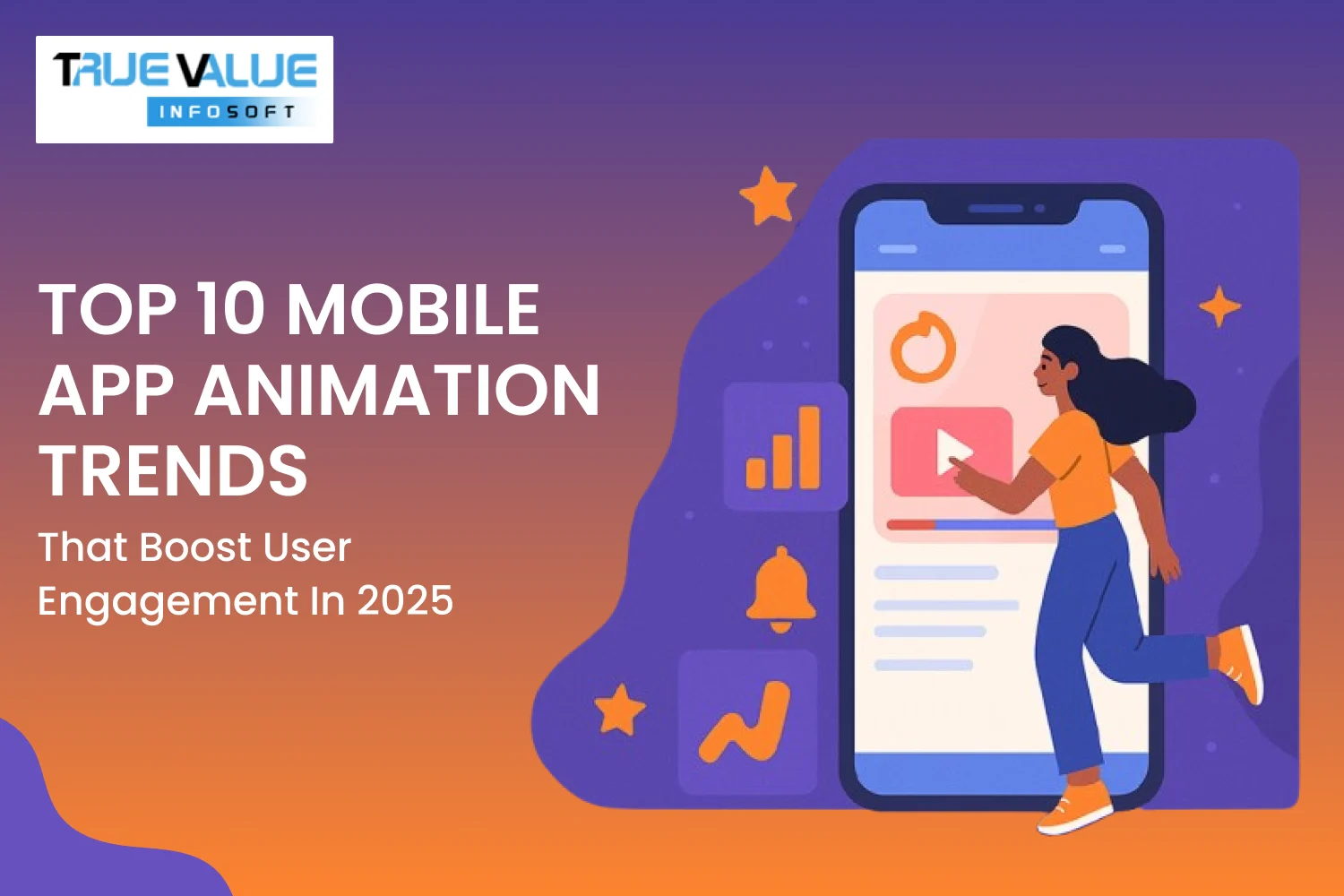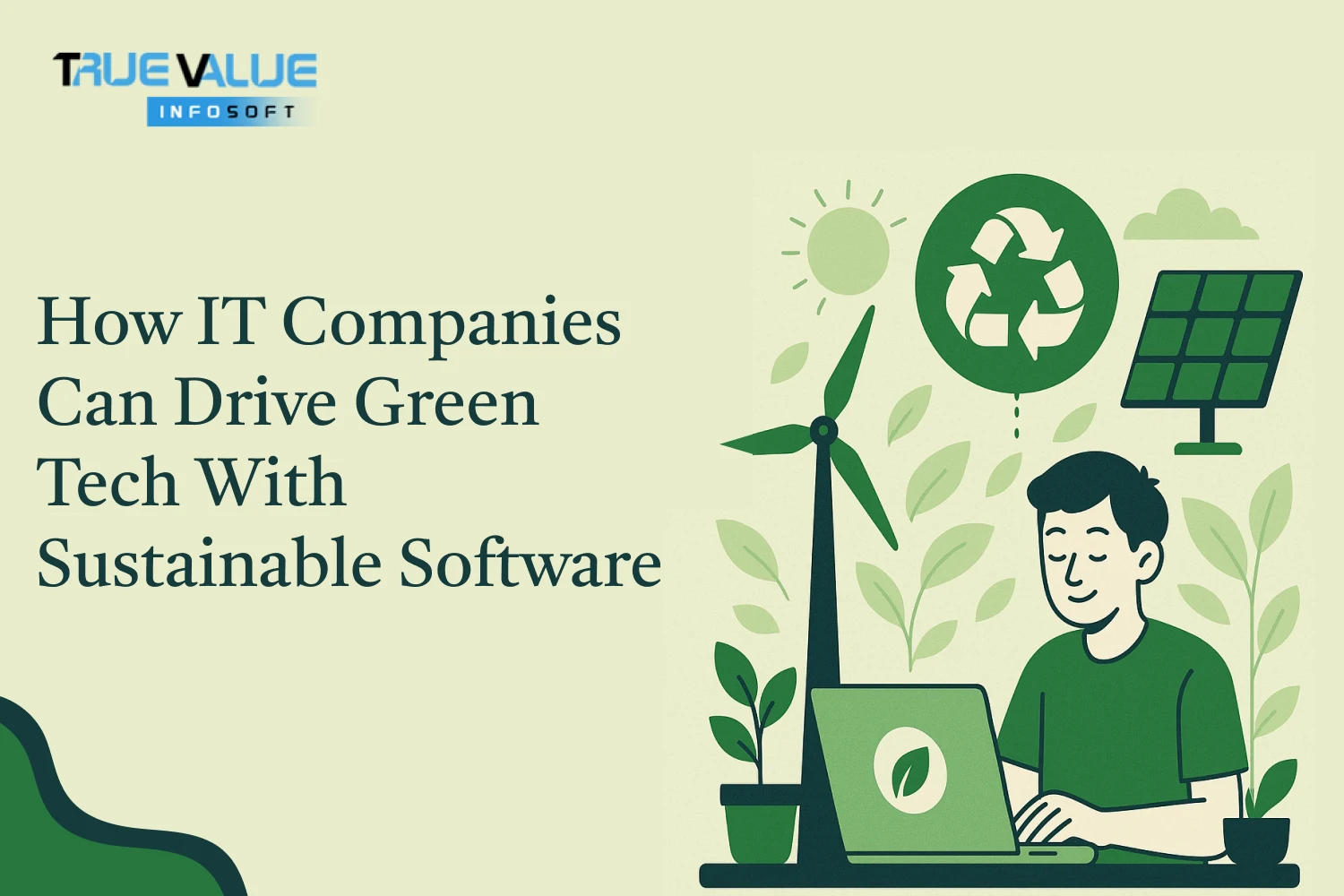Introduction
How much does it cost to build a SaaS product in today’s competitive market? This is one of the most frequently asked questions by startups and enterprises looking to leverage cloud-based solutions. The cost of building a SaaS (Software as a Service) product depends on various factors, including the complexity of features, technology stack, design requirements, development team expertise, and post-launch support.
Choosing the right best app development company plays a critical role in controlling costs while ensuring quality. True Value Infosoft, one of Top 10 app development company india, is renowned for delivering scalable and cost-effective SaaS solutions tailored to client needs. Their expert team analyzes your business requirements to provide a detailed cost estimate that balances functionality, user experience, and budget.
Generally, a simple SaaS product with basic features may cost between $20,000 to $50,000. More complex SaaS platforms with advanced integrations, multi-tenant architecture, and security compliance can range from $50,000 to $200,000 or more. Ongoing maintenance, cloud hosting, and regular updates also contribute to the overall cost.
With True Value Infosoft’s transparent pricing and agile development approach, businesses can build high-quality SaaS products that scale effortlessly in 2025 and beyond, ensuring a strong return on investment without compromising innovation or performance.
Understanding SaaS and Its Unique Cost Factors
What is SaaS?
Software as a Service (SaaS) refers to cloud-based software applications accessed via the internet. Unlike traditional software that requires installation on individual devices, SaaS products are hosted on remote servers, enabling users to access the software anywhere at any time.
This model usually involves subscription-based pricing and ongoing updates without requiring users to manage infrastructure or maintenance.
Why SaaS Development Costs Differ from Traditional Software
Unlike one-time software projects, SaaS requires building:
- A scalable backend infrastructure to support multiple tenants and users simultaneously.
- Continuous integration and deployment (CI/CD) pipelines to allow frequent updates.
- Robust security measures to protect user data and comply with privacy laws.
- A subscription management system to handle billing, plans, and payments.
- A multi-tenant architecture to ensure resource efficiency and isolation between customers.
- A customer support system integrated into the product for user engagement.
All these requirements influence the complexity and cost of SaaS product development.
Key Stages of SaaS Product Development and Their Costs
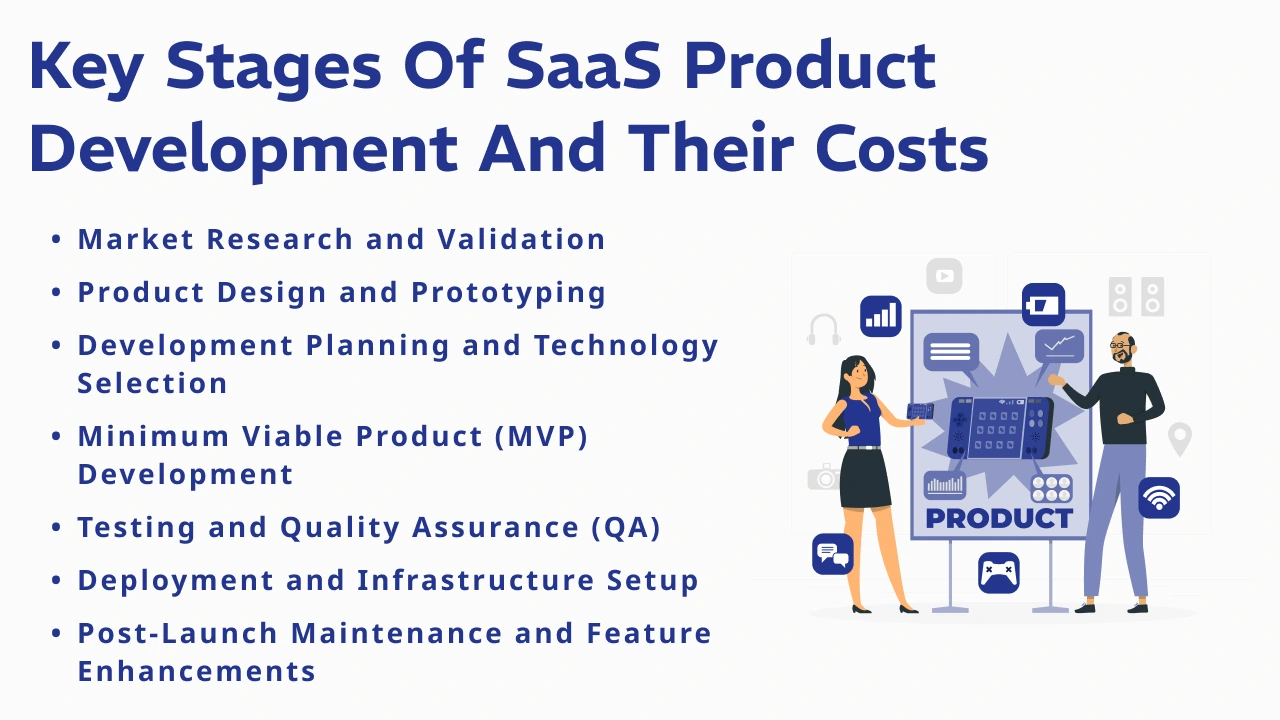
1. Market Research and Validation
Before coding begins, understanding the market, target customers, and competitors is crucial.
- Activities: User interviews, surveys, competitor analysis, market sizing, feature prioritization.
- Cost range: $5,000 to $20,000 depending on scope and depth.
- Why it matters: Reduces risk by validating product-market fit and guiding development.
2. Product Design and Prototyping
Creating wireframes, mockups, and interactive prototypes that outline user flows and UI design.
- Activities: UX research, UI design, prototyping tools like Figma or Adobe XD.
- Cost range: $10,000 to $40,000.
- Importance: Ensures intuitive user experience and helps align stakeholder expectations.
3. Development Planning and Technology Selection
Choosing the right technology stack (frontend, backend, database, cloud provider) and creating a detailed development roadmap.
- Activities: Architecture design, defining MVP features, sprint planning.
- Cost range: Usually part of project management; budgeting $5,000–$15,000 for consultancy or planning services.
- Why: Foundation for scalable, maintainable SaaS.
4. Minimum Viable Product (MVP) Development
Developing the core features to launch the product and begin user testing.
- Typical features: User registration/login, dashboard, core SaaS functionality, subscription management, basic analytics.
- Cost range: $40,000 to $150,000 depending on complexity and region.
- Duration: 3 to 6 months on average.
5. Testing and Quality Assurance (QA)
Thorough testing to find bugs, improve usability, and ensure security.
- Activities: Manual testing, automated testing, performance testing, security audits.
- Cost range: $10,000 to $30,000.
- Importance: Prevents costly post-launch issues.
6. Deployment and Infrastructure Setup
Setting up cloud infrastructure, databases, CI/CD pipelines, and monitoring tools.
- Cloud providers: AWS, Azure, Google Cloud.
- Cost range: Initial setup $5,000 to $15,000 plus ongoing monthly fees.
- Considerations: Scalability, redundancy, and cost optimization.
7. Post-Launch Maintenance and Feature Enhancements
Continuous updates, bug fixes, performance improvements, and adding new features.
- Monthly cost: 15-25% of initial development cost.
- Activities: Customer support, server costs, security updates, scaling infrastructure.
Detailed Breakdown of SaaS Product Development Costs
Feature Complexity
The number and complexity of features largely dictate the cost.
- Basic features (e.g., user auth, profile management, simple dashboards) are cheaper.
- Advanced features (e.g., AI-driven analytics, real-time collaboration, complex integrations) increase cost exponentially.
- Examples:
- User Authentication & Authorization: $5,000–$15,000.
- Payment Gateway Integration: $8,000–$20,000.
- Reporting and Analytics Module: $15,000–$40,000.
- Multi-Tenancy Support: $20,000+
- Mobile Apps (iOS & Android): $30,000–$100,000.
Design and User Experience
- Custom UI Design: $10,000–$40,000.
- UX Research & Testing: $5,000–$15,000.
- Responsive Web Design: Included in base design or $5,000–$10,000.
Technology Stack Impact on Cost
- Frontend Frameworks: React, Angular, Vue.js — costs similar; some developers are more expensive depending on expertise.
- Backend Technologies: Node.js, Ruby on Rails, Django, Laravel — each has pros/cons impacting time and cost.
- Database: Relational (PostgreSQL, MySQL) vs NoSQL (MongoDB, DynamoDB).
- Cloud Services: AWS tends to be more expensive but highly scalable; DigitalOcean is cheaper but less robust.
Development Team Composition
Team size and expertise level influence costs:
- Product Manager: $60–$120/hr.
- UI/UX Designer: $40–$100/hr.
- Frontend Developer: $50–$120/hr.
- Backend Developer: $60–$150/hr.
- QA Engineer: $40–$90/hr.
- DevOps Engineer: $70–$150/hr.
Estimated monthly cost for a small dedicated team of 4–6 members:
- In the US/Western Europe: $50,000–$100,000.
- In Eastern Europe or Latin America: $15,000–$40,000.
- In South Asia (India, Pakistan): $8,000–$20,000.
Geographic Location Effect
Outsourcing or hiring local talent affects costs:
| Region | Average Hourly Rate (USD) |
|---|---|
| North America | $100 - $200 |
| Western Europe | $80 - $150 |
| Eastern Europe | $30 - $60 |
| Latin America | $25 - $50 |
| South Asia | $15 - $40 |
Infrastructure and Hosting Costs
- Initial cloud infrastructure setup: $5,000–$15,000.
- Monthly hosting costs:
- Small SaaS: $100–$1,000.
- Medium SaaS: $1,000–$5,000.
- Large SaaS: $5,000+.
- Third-party services (CDN, monitoring, analytics): $50–$500/month.
Licensing and Software Tools
- Development tools, CI/CD pipelines: $200–$2,000/month.
- CRM or ERP integration APIs: Costs vary.
- Payment gateways: Transaction fees or monthly fees.
Marketing and Launch Expenses
- Website and landing page: $3,000–$10,000.
- Content marketing and SEO: $1,000–$5,000/month.
- Paid ads: Highly variable, budget based.
- Customer onboarding tools: $500–$2,000/month.
Common SaaS Product Development Models and Their Costs
Build In-House Team
- Pros: Full control, deep domain knowledge.
- Cons: High fixed costs, time-consuming recruitment.
- Typical cost: $100k–$500k+ annually depending on size.
Outsourcing to Agencies
- Pros: Faster, flexible scaling, experienced teams.
- Cons: Communication challenges, less control.
- Typical cost: $40k–$200k for MVP development.
Hybrid Model
- Core product developed in-house, auxiliary features outsourced.
Additional Cost Factors to Consider
Security and Compliance
- GDPR, HIPAA, SOC2 compliance can increase development time and cost.
- Security audits: $10,000–$50,000+
- Data encryption, secure authentication add cost.
Scalability and Performance Optimization
- Building with scalability in mind increases upfront cost but saves money later.
- Performance testing and optimization: $5,000–$15,000.
Customer Support and Success Teams
- Hiring and training support staff.
- Tools like Zendesk, Intercom cost $50–$500/month.
How to Optimize SaaS Development Costs
1. Start with an MVP
Focus on core features to validate market before building full product.
2. Use Open Source Tools and Frameworks
Leverage free, community-supported technologies to reduce licensing fees.
3. Outsource Strategically
Hire offshore developers for less critical features.
4. Automate Testing and Deployment
CI/CD pipelines reduce manual work and errors.
5. Use Cloud Cost Optimization Tools
Track and optimize cloud spend with monitoring tools.
Case Study: Cost Breakdown of a Sample SaaS Product
Example: Project Management SaaS MVP
- Features: User registration, project creation, task assignments, notifications, basic analytics.
- Team: 1 PM, 1 UI/UX designer, 2 developers, 1 QA.
- Timeline: 4 months.
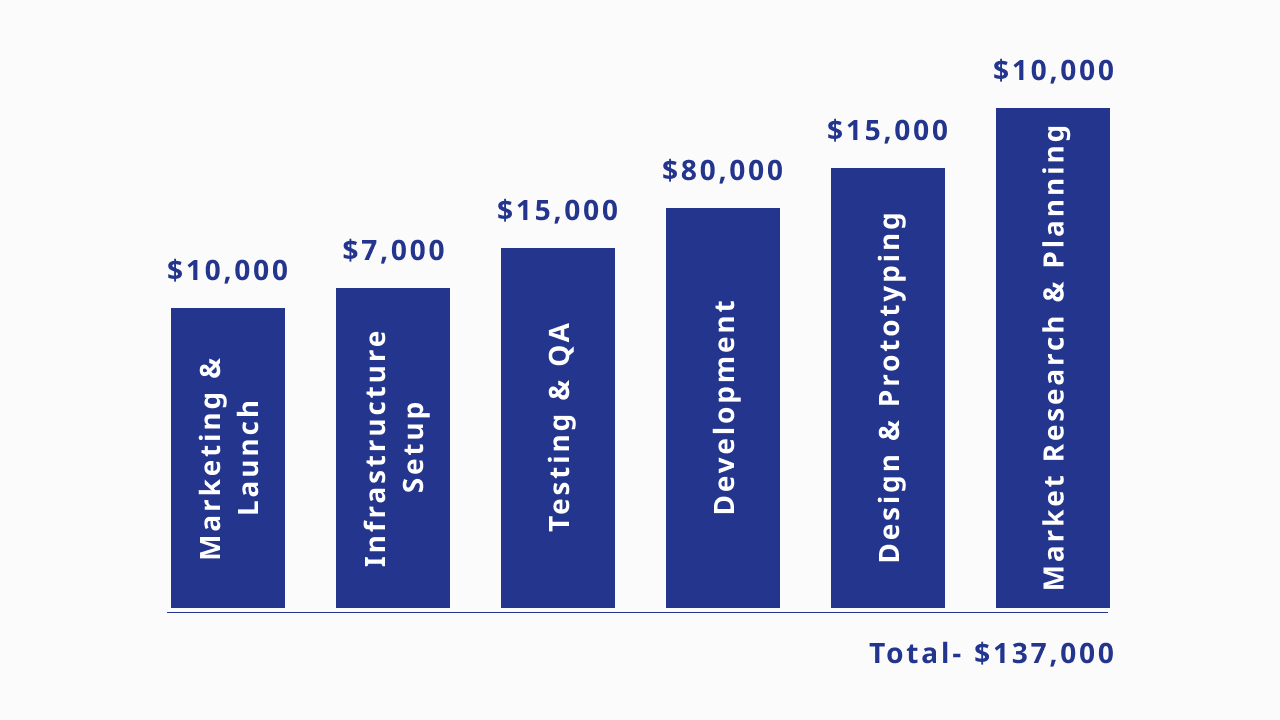
| Cost Component | Estimated Cost (USD) |
|---|---|
| Market Research & Planning | $10,000 |
| Design & Prototyping | $15,000 |
| Development | $80,000 |
| Testing & QA | $15,000 |
| Infrastructure Setup | $7,000 |
| Marketing & Launch | $10,000 |
| Total | $137,000 |
Ongoing Costs Post Launch
- Hosting & Infrastructure: $1,000–$5,000/month.
- Customer Support: $2,000–$10,000/month.
- Feature Development: $20,000–$50,000/year.
- Marketing & Sales: $5,000–$20,000/month.
Common Mistakes That Inflate SaaS Development Costs
- Building too many features upfront without validation.
- Ignoring design and UX leading to rework.
- Choosing inappropriate technology stacks.
- Underestimating infrastructure and scaling costs.
- Lack of automated testing causing bugs.
Why Choose True Value Infosoft as the Best Software Development Company in India for Building Your SaaS Product?
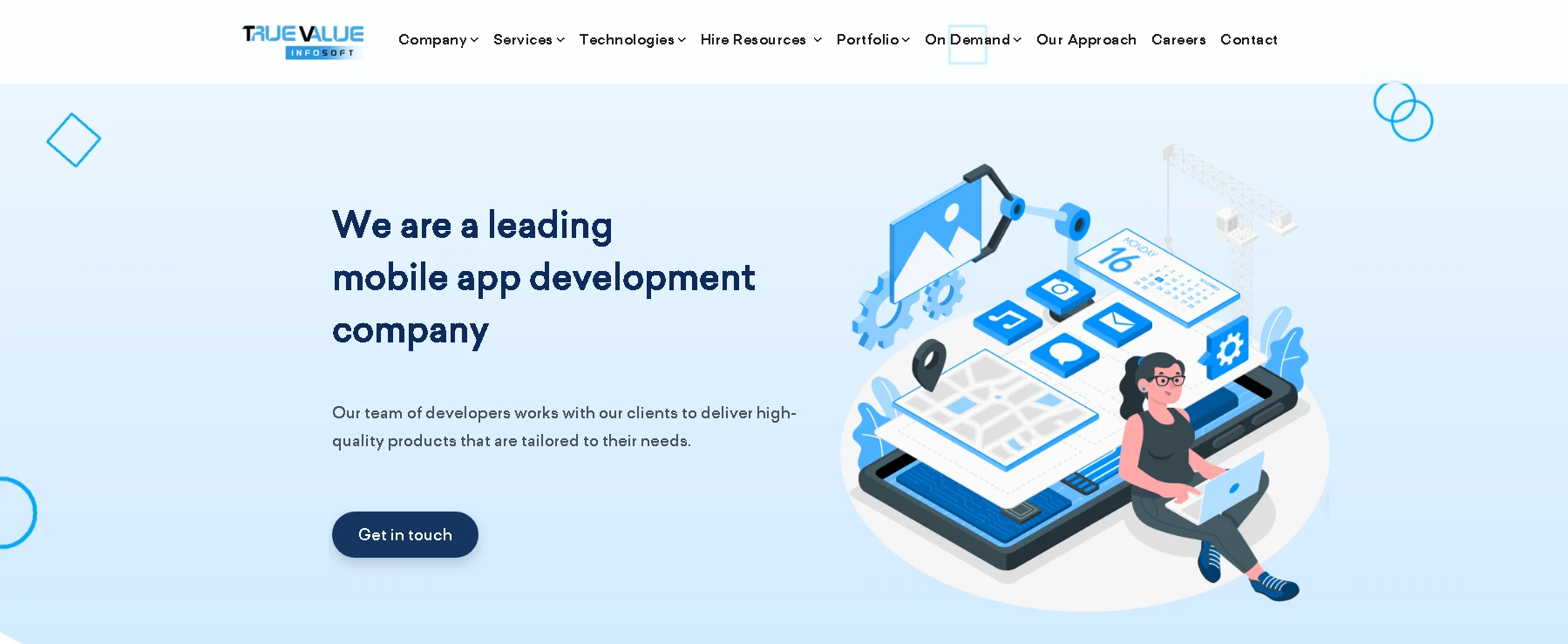
When it comes to building a high-performance, scalable, and cost-effective SaaS product, choosing the right development partner is crucial. True Value Infosoft, recognized as the best software development company in India, stands out for its expertise, innovation, and client-first approach in SaaS development. With years of experience in crafting top-notch software solutions for startups, enterprises, and tech entrepreneurs, True Value Infosoft combines technical excellence with business insight to deliver successful SaaS platforms.
Here’s why you should choose True Value Infosoft for your SaaS project:
- Cost-Efficient Solutions: Offers budget-friendly pricing models without compromising on quality or performance.
- Custom SaaS Development: Tailors features, UI/UX, and integrations to fit your business goals.
- Agile Methodology: Ensures faster development cycles, better collaboration, and quicker time-to-market.
- Cloud-Native Architecture: Experts in AWS, Azure, and GCP-based SaaS infrastructure.
- Robust Security Practices: Implements enterprise-grade security protocols to safeguard user data.
- Scalable & Future-Ready Products: Builds SaaS solutions that scale effortlessly as your user base grows.
Partnering with True Value Infosoft ensures your SaaS product is not only built to succeed in today’s market but also ready to evolve with tomorrow’s demands.
Final Thoughts
Building a SaaS product requires careful planning and budgeting. While costs can range widely.
from $40,000 to over $500,000 depending on product complexity and team location, startups can manage expenses by focusing on an MVP, leveraging modern cloud infrastructure, and iterating based on user feedback.
Investing in design, security, and scalable architecture pays off long term. Finally, partnering with experienced development companies or building the right team in-house is essential for success.
FAQs
Typically, $40,000 to $150,000 depending on features and region.
Usually 3 to 6 months for an MVP.
Infrastructure, support, marketing, and continuous development, often 15–25% of initial development annually.
Rates vary greatly, with US/Europe costing 3-5 times more than Asia or Eastern Europe.
Yes, no-code/low-code tools can reduce initial costs but may limit customization and scalability.
